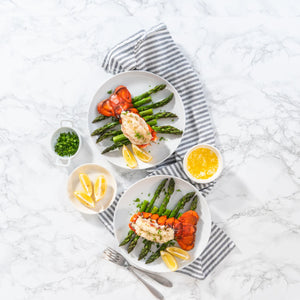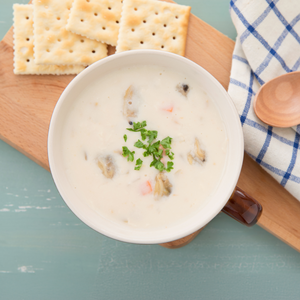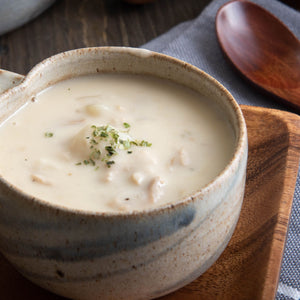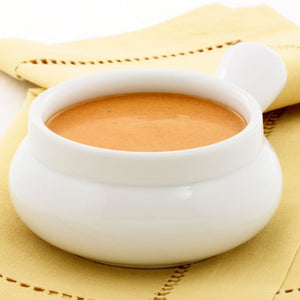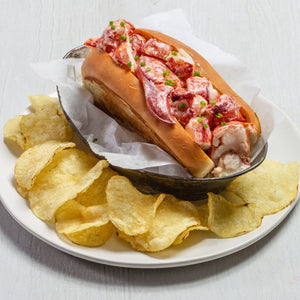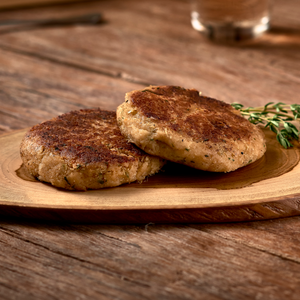50 Shades of Red Lobster: What colors of Lobsters are?
Mark MurrellShare
At Get Maine Lobster, we know that when most people think of lobster, they picture that iconic bright red shell, steaming on a plate and ready to enjoy. But here’s the catch: lobsters aren’t red when they’re alive. In fact, red is just one of many shades a lobster can take on, and it only appears after cooking.
Let’s take a look at the real rainbow of lobster colors, the science behind their transformation, and why these colors don’t affect what matters most: flavor.
Why Do Lobsters Turn Red When Cooked?
The secret lies in a natural pigment called astaxanthin, which is naturally red. In live lobsters, this pigment is tightly bound to proteins that hide its color, creating dark green, brown, or blue tones instead.
When you cook lobster, the heat breaks down those proteins. As a result, the red pigment is released and becomes visible, giving us that classic red we all recognize on the dinner table.
So, even the most colorful lobsters, including blue, yellow, or calico, will turn red when cooked. It’s a delicious little science trick from the sea.
Unique Lobster Colors Found in U.S. Waters
Most lobsters pulled from the ocean have a dark greenish-brown or bluish-black shell, which helps them blend into the rocky seafloor. But every so often, something magical happens, lobstermen hauling traps off the coasts of Maine or the Northeast spot a lobster that’s truly one of a kind.
Here’s a look at some of the most striking lobster color variations found across the U.S., especially in the cold Atlantic waters of New England:
Blue Lobster
With their bold electric blue shells, these lobsters are eye-catching and unforgettable. Their striking hue is due to a genetic quirk that causes an overproduction of a protein that binds to the red pigment in their shell. Blue lobsters are most often caught along the coast of Maine and the broader New England region, where cold waters enhance pigment contrasts.
Cotton Candy Lobster
Named for its swirling pastel hues of baby blue, pink, and lavender, the cotton candy lobster is one of the most mesmerizing finds. Its shell has an iridescent, almost holographic look. Most known cotton candy lobsters have been discovered off the Maine coast.
Yellow Lobster
Golden and vibrant, yellow lobsters look as though they’ve been dusted with sunlight. While they can show up in any lobster fishery, they've most often been found in traps off the coasts of Massachusetts and Rhode Island. Their brilliant coloring is due to low levels of all pigments except yellow, making them stand out in any catch.
Calico Lobster
With speckled orange and black shells, calico lobsters look like walking mosaics. They’re typically found along the Mid-Atlantic and Northeast coastlines, including parts of Maine and Massachusetts. Their unique coloration is a natural camouflage pattern, mimicking shadows and rocks on the sea floor.
Albino (or White) Lobster
Almost completely translucent, albino lobsters, sometimes called “ghost lobsters,” lack all pigmentation. When found, they often end up in aquariums or university labs due to their fascinating biology. These lobsters have been spotted in Maine, New Hampshire, and occasionally further down the Eastern Seaboard.
Split-Colored Lobster
This lobster is exactly what it sounds like: split right down the middle into two distinct colors, often red on one side, blue or brown on the other. This coloring usually reflects a split in the shell’s pigment expression. Split lobsters are most frequently reported in the Gulf of Maine, and many are preserved or displayed in science centers due to their stunning appearance.
Each of these lobsters is a reminder of how wild and wonderful the ocean can be. And while they’re beautiful to behold, rest assured that no matter the shell color, once cooked, they all turn red and taste just as delicious.
Do Lobster Colors Affect Taste or Quality?
Here’s something important: color doesn’t affect taste.
Whether your lobster was blue, brown, or spotted before cooking, the flavor you get comes down to the environment it was raised in, how it was handled, and how quickly it made its way from the dock to your plate.
That’s why we’re proud to ship our cold-water Maine lobsters straight to you with care, flash-frozen, fresh, and full of that unmistakable sweet flavor. With Get Maine Lobster, you can count on restaurant-quality lobster no matter the shell color.

Where to Find the Best Lobster?
At Get Maine Lobster, we work closely with our fishermen partners along the coast to source lobsters that meet the highest standards of sustainability and flavor. Whether you're shopping for live lobsters, tails, or ready-to-cook kits, we handle each order with care to preserve quality every step of the way.
Whether you go for a tail pack, a meat kit, or the full lobster experience, the color of the shell doesn’t matter; the taste is always pure Maine magic. We’d love to be part of your next celebration, quiet dinner, or seafood feast.
Your lobster adventure starts here, and it’s beautiful in any color.
